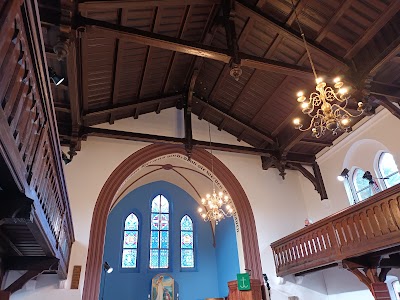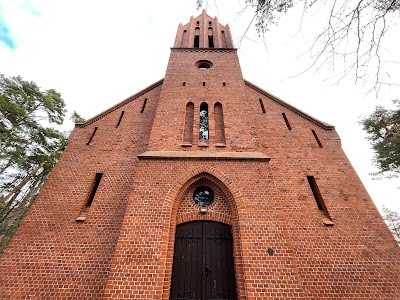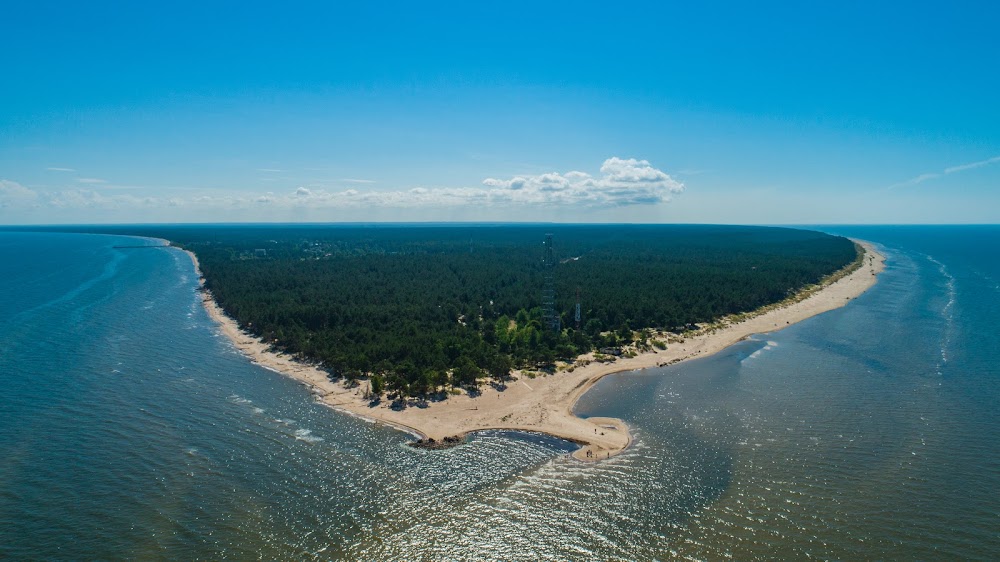Dundaga Evangelical Lutheran Church (Dundagas evaņģēliski luteriskā baznīca)
Overview
Dundaga Evangelical Lutheran Church: A Spiritual and Historical Gem
Nestled in the scenic Dundaga Municipality of Latvia, the Dundaga Evangelical Lutheran Church stands as a remarkable monument of spiritual and historical significance. This serene sanctuary offers an exquisite glimpse into Latvia's rich religious heritage and cultural history, making it an essential destination for those captivated by European ecclesiastical architecture and Latvian traditions.
The church's origins trace back to the early Middle Ages, with its construction believed to have taken place in the late 13th century. Over the centuries, the church has undergone numerous renovations and restorations, reflecting the tumultuous history of the region. These efforts have preserved the church's historical integrity while incorporating necessary modernizations, allowing visitors to appreciate its storied past.
One of the most significant phases in the church's history occurred during the 18th century, when it was reconstructed to acquire many of its current features. This period saw a beautiful blend of Gothic and Baroque elements come to life in the church's architecture. The intricately detailed altar and the wooden pulpit, both crafted during this era, are testaments to the exceptional craftsmanship of the time. The architecture embodies a harmonious balance of simplicity and grandeur, reflecting the Lutheran philosophy of modesty alongside the cultural richness of Latvian religious artistry.
Beyond its architectural beauty, Dundaga Evangelical Lutheran Church has served as a vital center of spiritual life for the local community for centuries. It has witnessed countless baptisms, weddings, and funerals, acting as a cornerstone of community life. Inside, the wooden pews and understated decor create a peaceful and contemplative atmosphere. The stained-glass windows, while not as elaborate as those found in larger cathedrals, possess a unique charm with their vibrant yet restrained palettes, filtering soft light into the nave.
A captivating feature of the Dundaga Church is its belfry, which houses a historic bell that dates back several centuries. This bell has rung to mark countless significant moments in Dundaga's history, serving as a symbol of endurance and continuity. The churchyard, filled with graves from the 18th and 19th centuries, invites visitors to reflect on the passage of time and the lives of those who contributed to the community's rich heritage.
The church's picturesque setting enhances its serene and reflective ambience. Surrounded by the rolling landscapes of Dundaga Municipality, it offers stunning views of the Latvian countryside. Nearby attractions, such as Dundaga Castle and local parks, make for an ideal day trip, combining historical exploration with natural beauty.
Visitors to Dundaga Evangelical Lutheran Church can also delve into local legends and folklore. One particularly captivating tale involves the mythical Dundaga Krogi, a beast said to haunt the nearby forests. In these stories, the church serves as a symbol of sanctuary and hope, providing a haven against both mythological and real-world fears.
Engaging with the local community during your visit can enrich your appreciation for this historical site. The congregation, though small, is warm and welcoming to tourists, often sharing personal stories and insights into the church's role in their lives. This personal interaction transforms a simple visit into a richer, more meaningful experience, connecting you with the heart of Latvian culture and spirituality.
In conclusion, the Dundaga Evangelical Lutheran Church is more than just a building; it's a vibrant piece of living history. Its combination of architectural beauty, historical significance, and the warm embrace of the local community makes it a compelling destination for any traveler. Whether you're an architecture enthusiast, a history buff, or simply seeking tranquility, this church offers a sanctuary of beauty and peace in the heart of Latvia.






